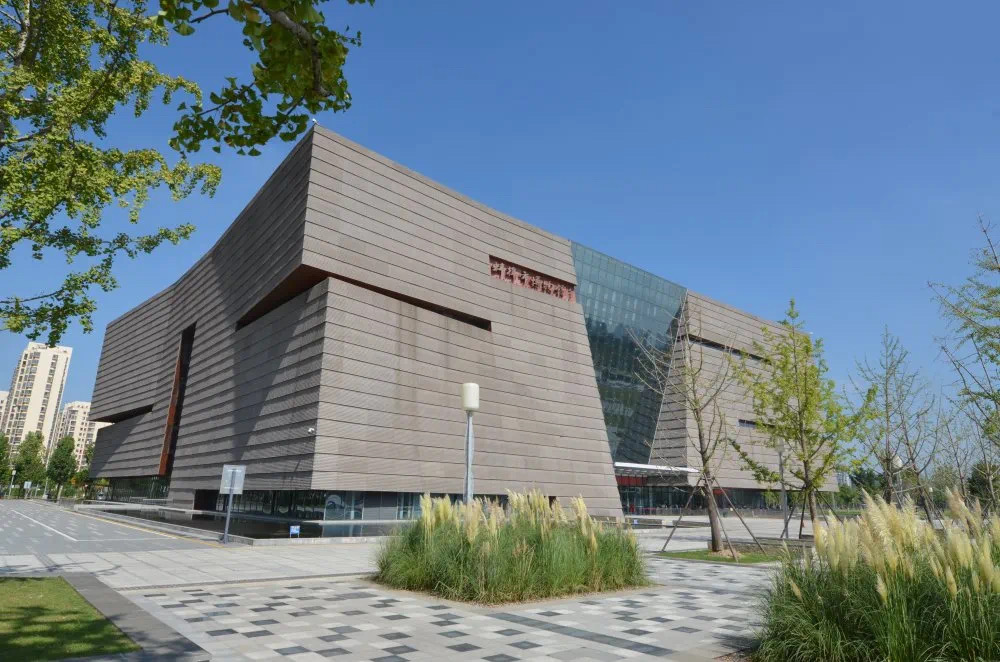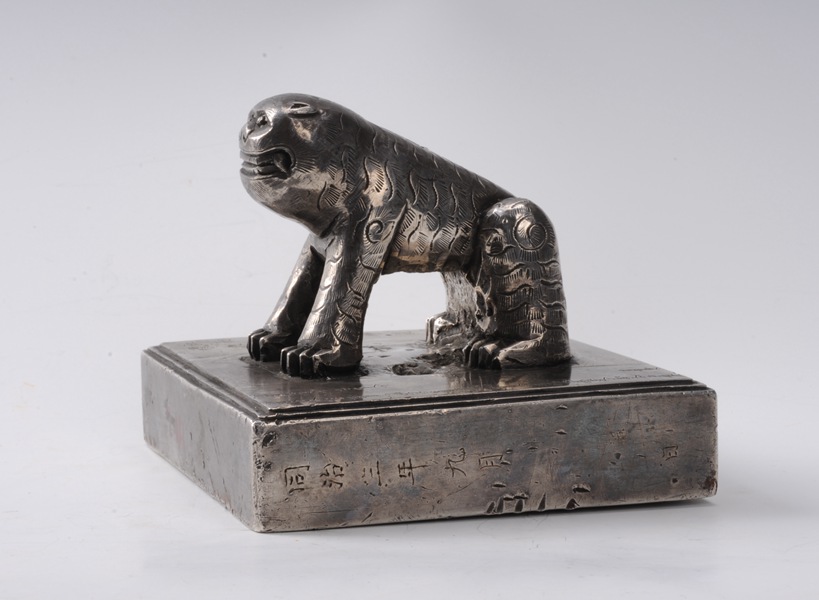Bengbu Museum

Bengbu Museum
蚌埠市博物馆
Address: Shimin Square, Donghai boulevard, Bengbu city, Anhui province
Opening hours: 9:00 am - 5:00 pm (Last entry at 4:00 pm)
Closed Mondays (Except for national holidays)
General admission: Free
Tel: (+86-552) 2042312

No other museums in China have closer relationships with the Huai River than the Bengbu Museum. It was built in 1974 to tell stories of the local culture nourished by the Huai River through millennia. The museum's current architectural style takes its inspiration from the ancient legend in which the Sage King Yu split the mountains to stem the flood of the Huai River.
Located in the middle reaches of the Huai River which runs from west to east between the Yellow River and the Yangtze River, Bengbu was recorded in historical documents as "the place where people hunted pearls", and was praised as the "city of pearls" . The carved cipher on objects discovered at the Shuangdun site dating to 7,300 years ago in Bengbu is regarded as one of the most significant origins of the Chinese writing system.
The city museum is very proud of the 10,000-plus items in its collections, which cover a wide spectrum of categories, including fossils from hundreds of thousands of years ago, various relics excavated from Neolithic sites, and assorted artifacts from the past dynasties of China.
Several permanent exhibitions and displays are available from the Bengbu Museum’s permanent collections to tell the history of the Huai River and the local civilization that arose from it, and to describe the intangible cultural heritage of Bengbu, such as its selected bronze mirrors and traditional Chinese paintings and calligraphy.

One of the noteworthy collections of the Bengbu Museum is the silver seal of the Military Commander of the Yangtze River Force, important evidence of the setting up of the official post by the late Qing Dynasty (1644-1911) government. The Yangtze River was one of the battlefields that witnessed the fiercest counter fight between the government troops and the Taiping Tianguo Rebellion troops in the latter half of the 19th century, but the Qing government did not designate a unified force nor put a post in charge until ten years after the rebellion broke out.

The Chinese and Manchu scripts cast on the seal speak of its imperial status and might. The silver seal was a token of imperially designated military authority, and was kept in succession by the highest-ranking military officers in charge of the Yangtze River naval force. Its first owner was Huang Yisheng (1818-94), the maternal great-grandfather of the Chinese-born American novelist and screenwriter Eileen Chang (Zhang Ailing, 1920-95).
Last Updated: Mar 08, 2021




